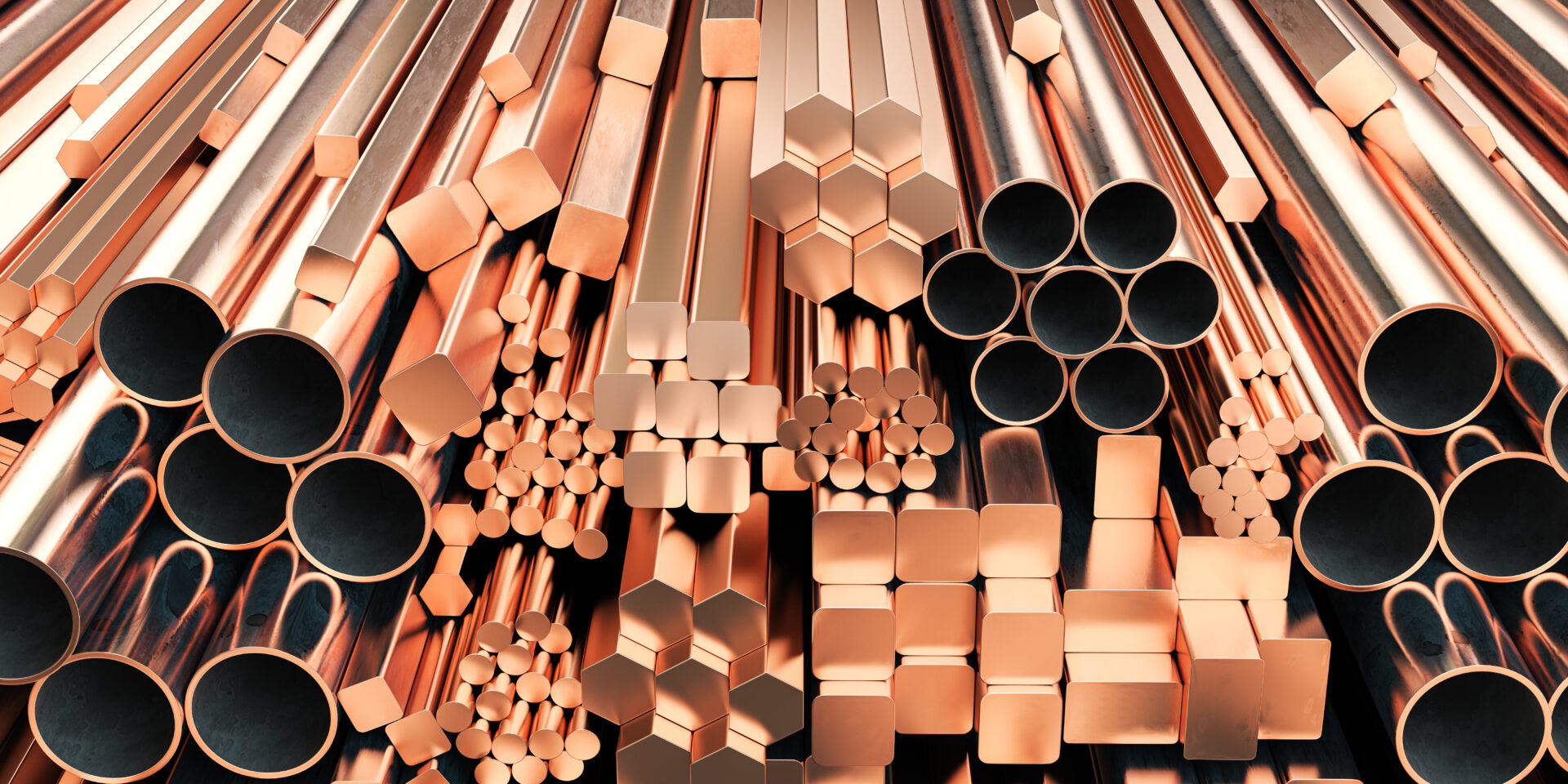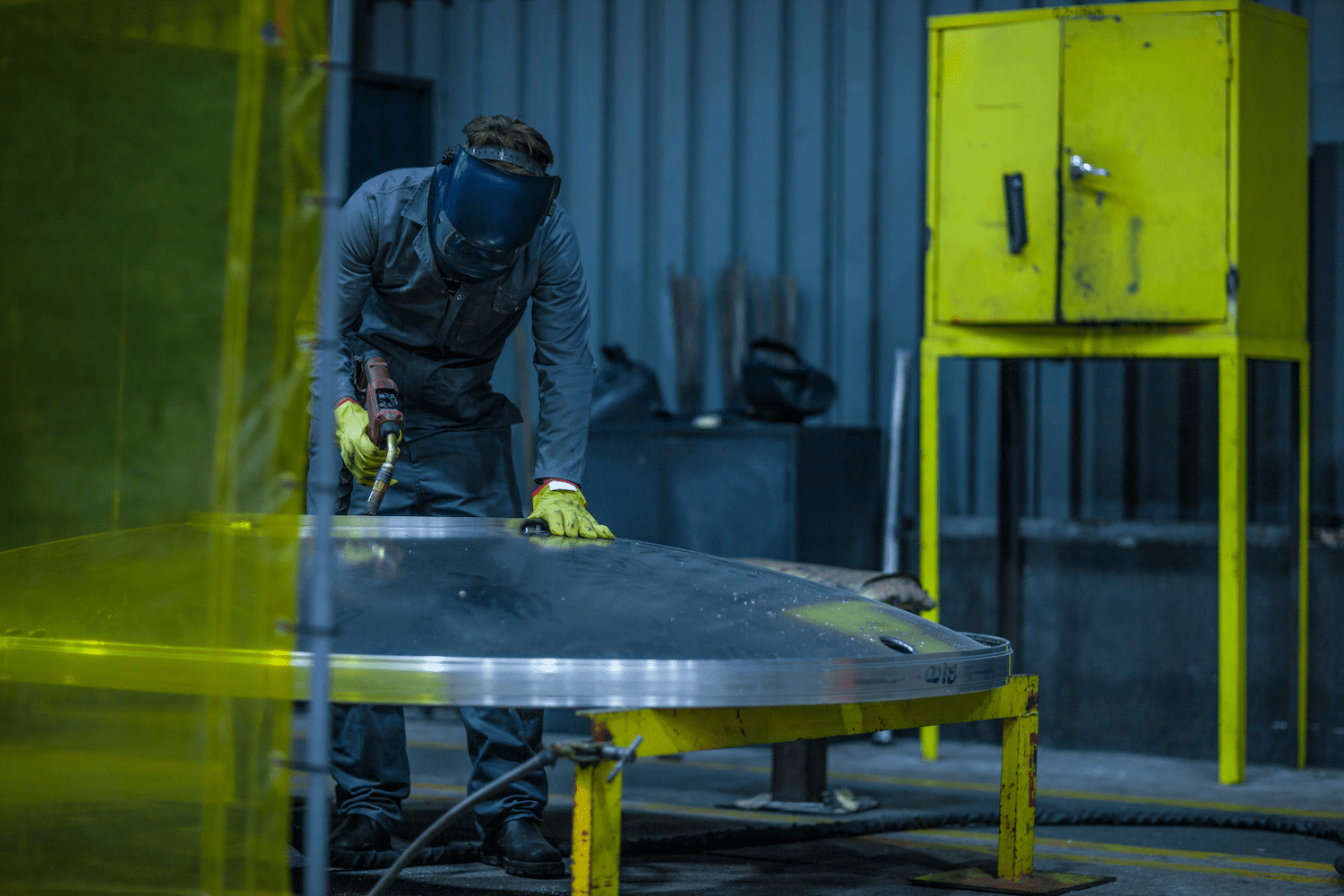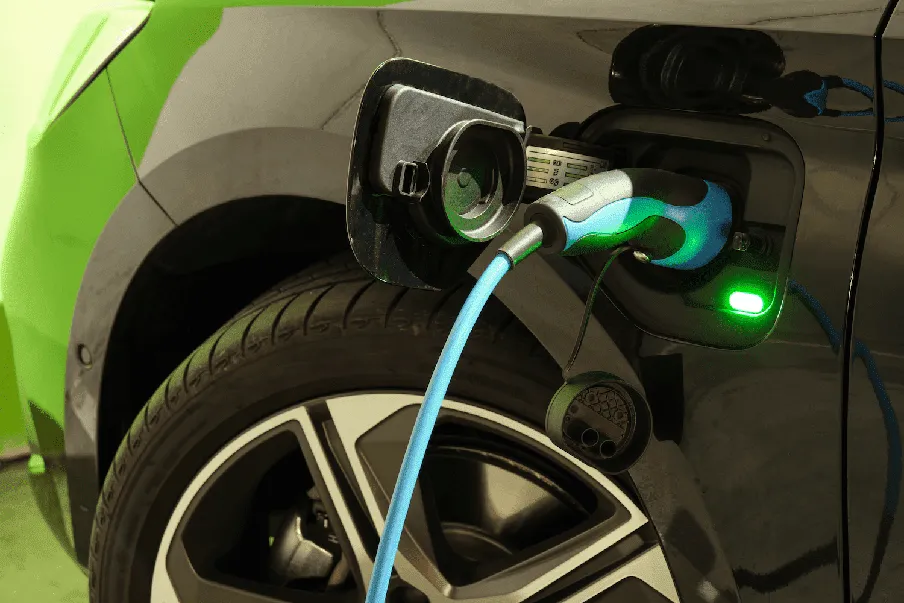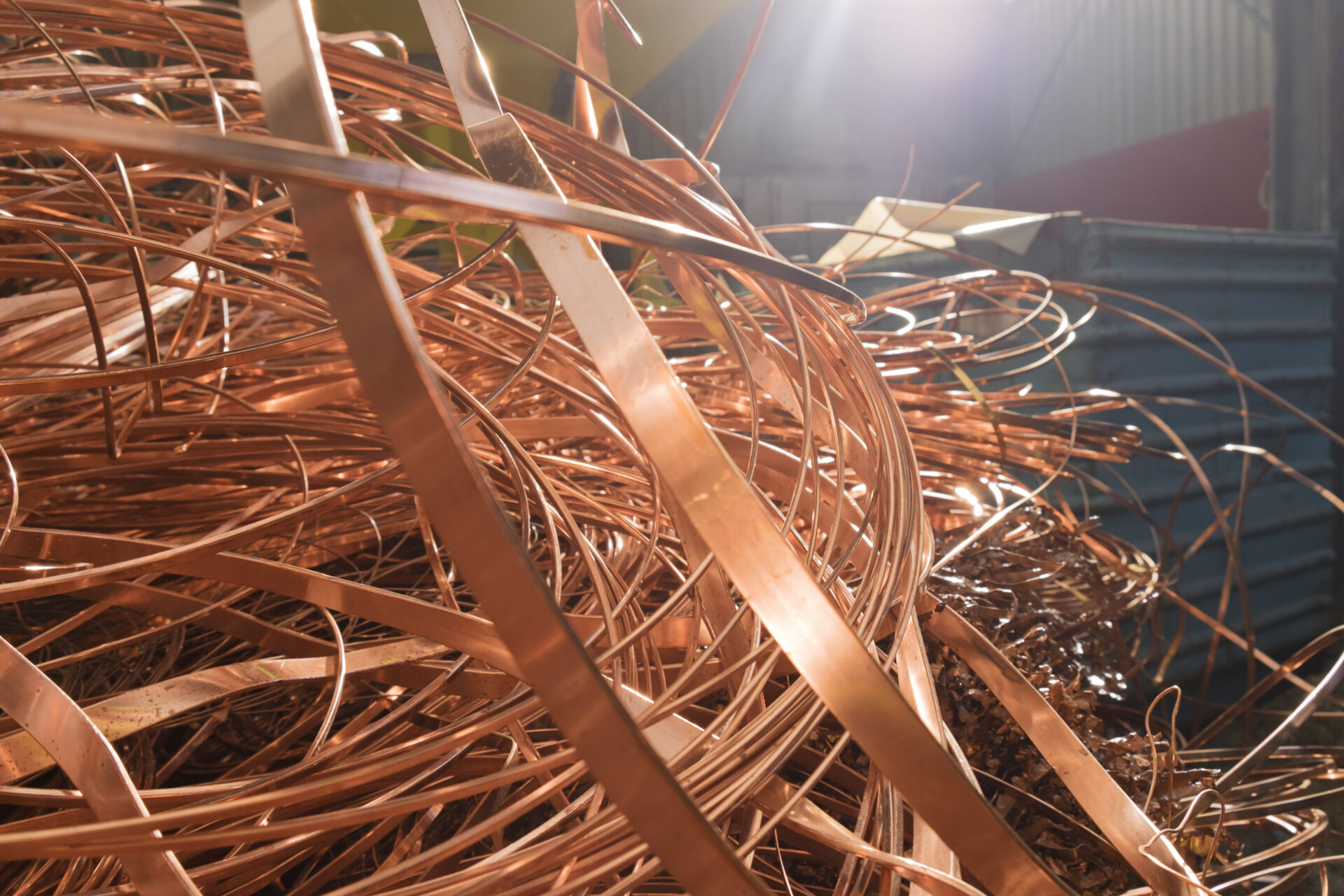
As you may know, copper is one of the most valuable metals on the market. Many industries use copper because of its great conductivity and ductility, and this makes copper wire scrap particularly valuable. Knowing how to recycle copper wire scrap not only helps to conserve precious resources but also helps improve your bottom line. It’s a win-win!
While navigating the rules and regulations of scrap recycling can be overwhelming, it’s important to know how you can maximize the value of your scrap. But don’t worry, we’re here to guide you through the process.
From sourcing scrap copper wire to understanding its value and preparing it for recycling, this blog aims to address the most common questions and concerns that you may have. Whether you’re a DIY enthusiast looking to declutter your home or an industry professional seeking to optimize recycling practices, we’ll cover everything you need to know.
Let’s get down to business.
Where Scrap Copper Wire is Commonly Used
While many different industries use copper, building construction is this metal’s single largest market. That being said copper is also prevalent in electronics, industrial machinery, transportation, and other consumer products.
Commercial Sources
Many commercial and industrial settings produce copper wire scrap metal. If you are working an industry that deals with copper wire scrap, you can take it to a scrap metal recycling facility near you to safely recycle scrap metal in bulk. Construction sites frequently generate copper wire scrap from discarded wiring, cables, and fixtures. Industrial facilities, such as manufacturing plants and warehouses, may have surplus or outdated equipment containing copper wiring.
Whether it’s machinery, electrical panels, or surplus inventory, these environments often yield valuable copper wire for recycling.
Residential Sources
Old electronics, such as televisions, computers, and stereo systems, often contain copper wiring in their internal components. Additionally, appliances like refrigerators, washing machines, and air conditioners may have copper wiring within their motors and electrical systems.
As mentioned above, the construction industry often employs copper wiring. Even the wiring in your walls and ceilings, particularly in older homes, can be a source of scrap copper wire when renovations or upgrades occur.

How to Scrap Copper Wire
Scrapping copper wire effectively requires careful planning and preparation. Here’s a step-by-step guide to help you navigate the process:
Gather Your Copper Wire: Begin by collecting all the copper wire you intend to scrap. This can be sourced from various items such as old electrical cables, extension cords, appliances, and electronics.
1. Separate by Grade: Sort your copper wire by grade before heading to the scrap yard. Grades include #1 copper wire (clean with insulation) ,#2 copper wire (insulated and may have some contamination), PC wire (used in computers), and Christmas lights. Keeping these grades separate will help you maximize your earnings.
2. Prepare Your Scrap: Bundle or coil the copper wire neatly to facilitate the weighing process at the scrap yard. This not only saves time but also ensures accurate measurements for pricing.
3. Research Scrap Prices: Before visiting the scrap yard, check the current market prices for copper. Prices can fluctuate, so staying informed will help you get a fair deal.
4. Locate a Reputable Scrap Yard: Find a local scrap yard like GLE Scrap Metal that specializes in metal recycling and ensures compliance with environmental regulations. Make sure the yard is licensed and trustworthy.
5. Visit the Scrap Yard: Take your prepared copper wire to the scrap yard for weighing. You may need to provide identification, such as a driver’s license or passport, to complete the transaction.
6. Weigh and Get Paid: At the scrap yard, your copper wire will be weighed, and you’ll receive compensation based on the weight and current market price. Ensure you understand the pricing structure and receive a fair payment for your scrap.
When it comes to scrapping copper wire, safety is of the highest priority. It’s very important to note that home stripping can expose you to harmful fumes, sharp tools, and electrical hazards. So, it is best to leave this part to the professionals.
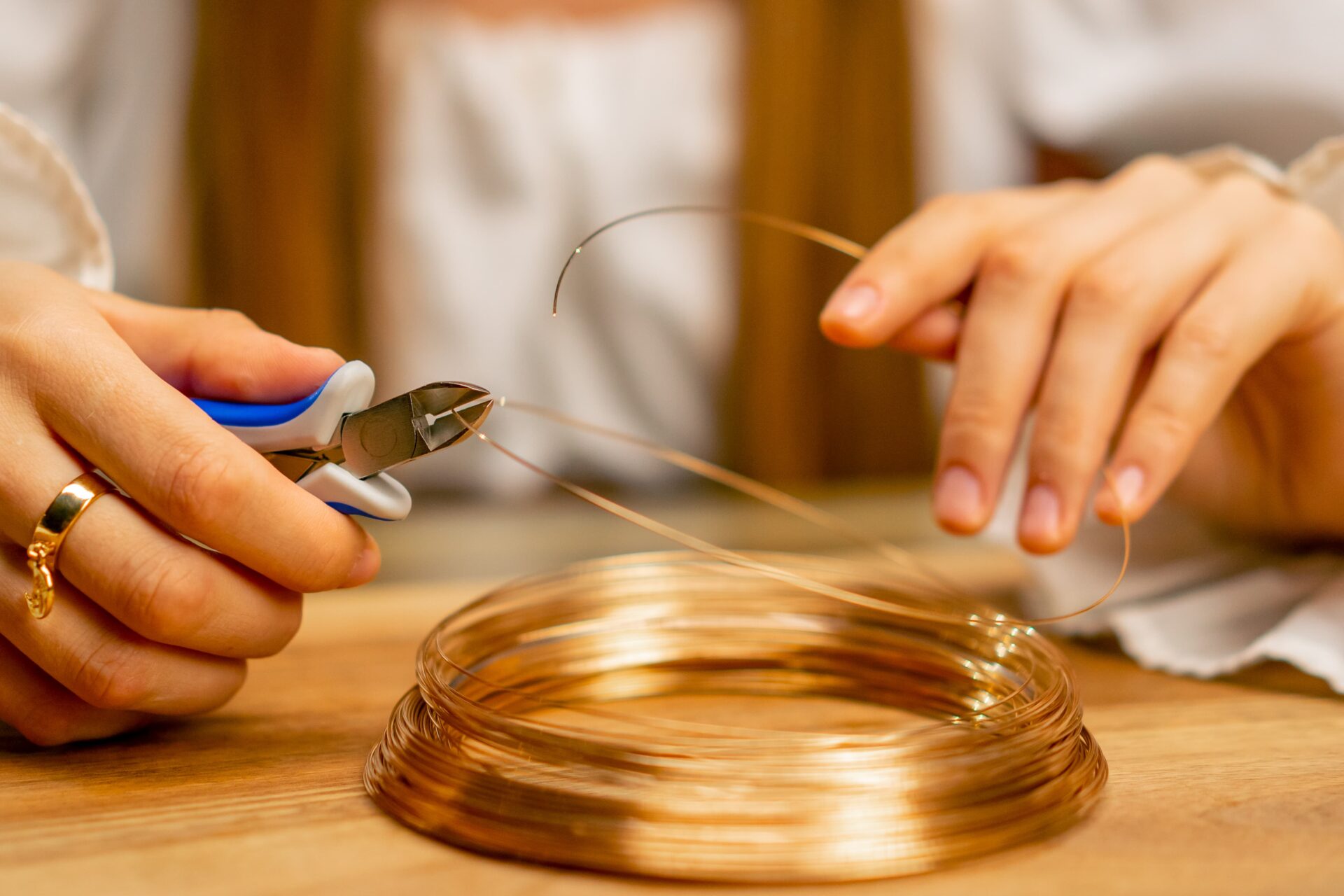
What is Copper Wire Processing?
Copper wire processing involves several techniques aimed at separating the valuable copper from other materials such as insulation, plastics, and alloys. These techniques vary depending on the type and condition of the copper wire being recycled. Common methods include stripping, chopping, shredding, and granulating.
Moreover, technology plays a crucial role in modern copper wire recycling. Advanced sorting and separation technologies, such as electromagnetic separators, eddy current separators, and air classifiers, allow for the automatic separation of copper wire from other materials based on their physical and electromagnetic properties.
These technological innovations streamline recycling, reduce energy consumption, minimize waste, and maximize the recovery of valuable copper resources.
Copper Wire Chopping
One of the primary methods used in copper wire processing is the chopping process. This involves feeding scrap copper wire into a machine equipped with rotating blades. These blades chop the wire into small pieces, typically ranging from a few millimeters to several centimeters in length.
Then, the chopped wire is further processed through various separation techniques to isolate the copper from other materials. Finally, the resulting copper granules or pellets are melted down and cast into ingots or other forms for reuse in manufacturing processes.
How are Copper Prices Determined?
The price of copper depends on a few different factors: market conditions, grade, and quality. Changes in industrial activity, geopolitical events, and supply chain disruptions can also impact prices.
Scrap yards typically determine copper wire prices based on the current market price of copper, which is often quoted per pound or per kilogram. Typically, bare bright copper wire is worth the most due to its purity and minimal contamination. For this reason, it often sells at a premium compared to lower-grade wires that may have insulation or other contaminants.
Additionally, scrap yards may also consider factors such as purity, quantity, and the cost of processing when determining prices.
Pro tip: Consider selling larger quantities of copper wire to maximize profits and reduce transaction costs.
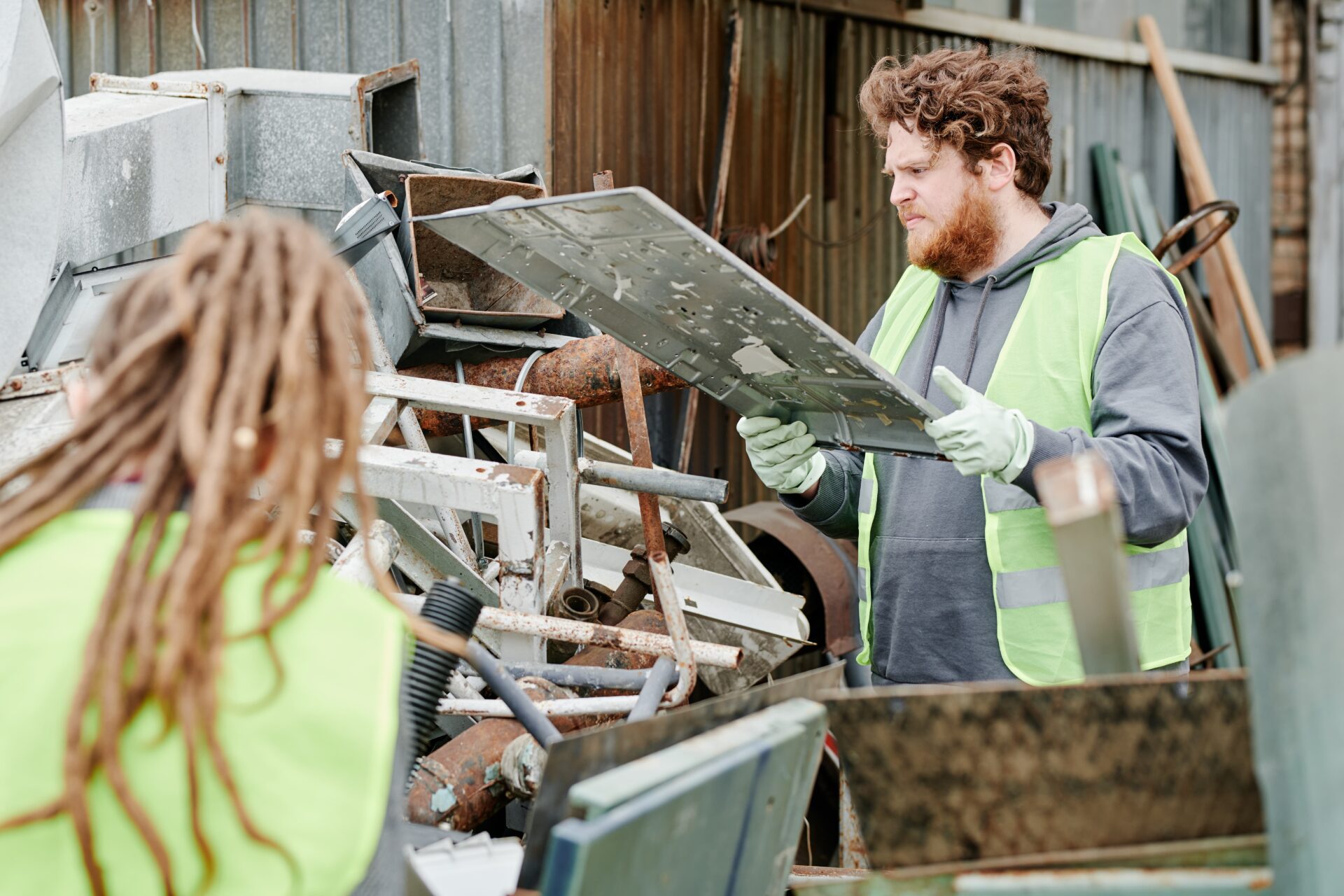
Make the Most of Your Scrap With GLE
When it comes to recycling scrap metal, it’s important to partner with a trusted recycler to ensure a seamless and profitable process. Whether you’re part of a business producing excess scrap metal or an individual with bulk metal for recycling, GLE is here to help with all of your recycling needs.
Don’t let your copper wire go to waste – contact GLE Scrap Metal today to learn more about our recycling services and how we can help you maximize the value of your scrap.
Call us at 855-SCRAP-88 or visit our website to learn more and request a quote.

